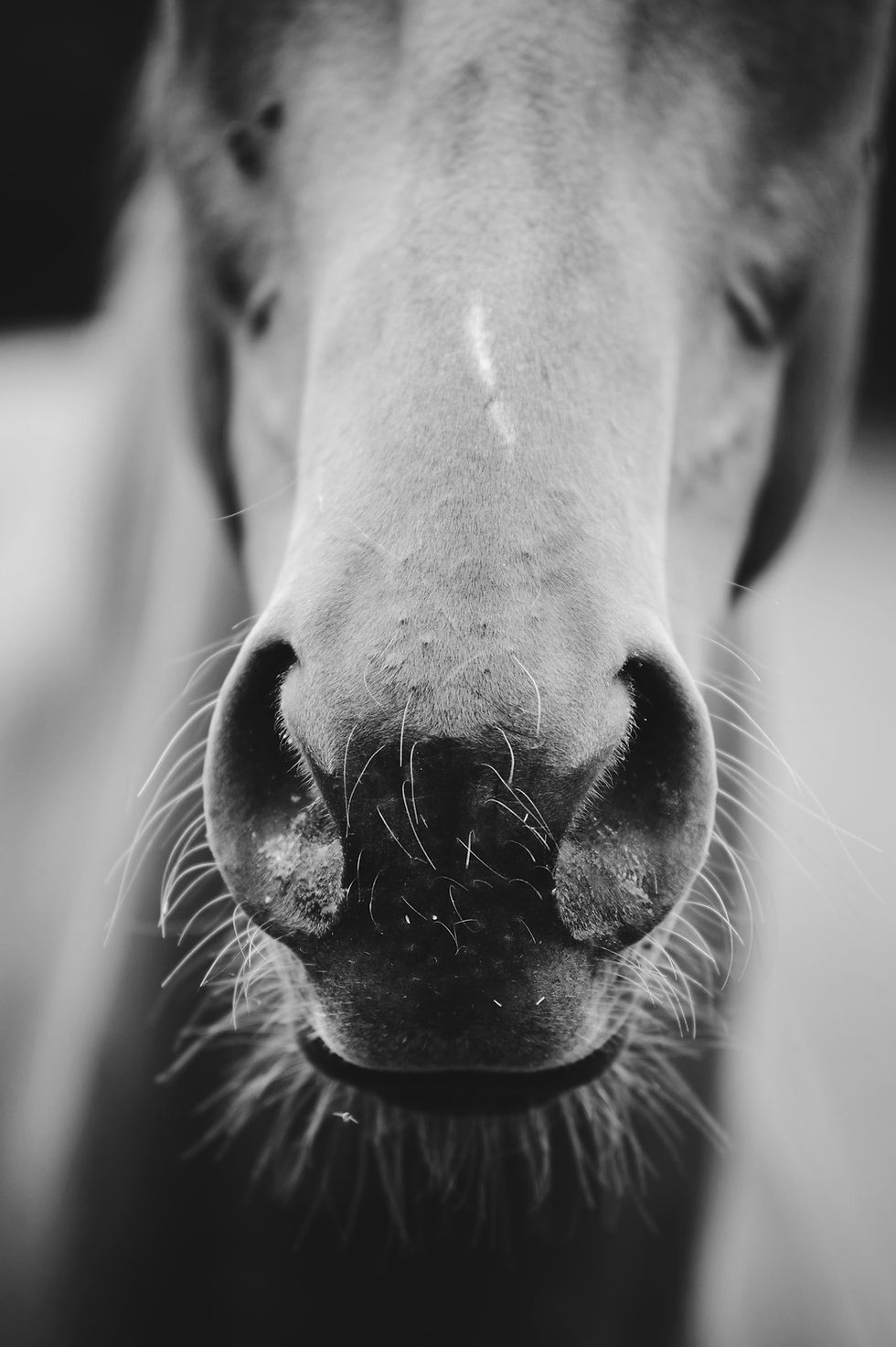Understanding Laminitis in Horses and Ponies: Causes, Symptoms, and Prevention
- Ella Riley CertNCS (VCC), RVCCA

- Mar 14
- 3 min read
Laminitis is a painful and often debilitating condition affecting horses and ponies, and it can lead to long-term health problems if not managed effectively. As a horse owner or carer, it’s essential to understand what laminitis is, its causes, symptoms, and how to prevent and treat it.
What is Laminitis?
Laminitis is an inflammation of the sensitive tissues (laminae) inside the hoof. The laminae connect the hoof wall to the pedal bone and support the weight of the horse. When these tissues become inflamed, they can weaken and lead to the rotation of the pedal bone. This results in severe pain, lameness, and, in some cases, permanent damage.
Laminitis can affect one or more hooves and is most commonly seen in the front hooves. It is a serious condition that requires immediate veterinary attention.

Causes of Laminitis:
Overconsumption of High-Carbohydrate Feed: Feeding horses or ponies too much rich grass, feed, or hay with a high sugar content can lead to laminitis. This is often seen in ponies that graze on lush grass, particularly during the spring and autumn when sugar levels are highest.
Obesity and Insulin Resistance: Overweight horses and ponies are at a higher risk of developing laminitis, especially those with conditions like equine metabolic syndrome (EMS). This is often associated with poor diet and lack of exercise.
Infection or Illness: Systemic infections, such as colic or diarrhoea, can trigger laminitis. Infections lead to an inflammatory response in the body, which can affect the hooves.
Toxicity: Ingestion of toxins from plants can cause laminitis as a side effect.
Excessive Exercise on Hard Surfaces: Overworking a horse, especially on hard surfaces like roads, can contribute to laminitis. The excessive stress on the hooves can increase the likelihood of laminae damage.
Severe Trauma or Injury: Trauma to the hooves or a severe strain due to injury can result in laminitis, as it puts excessive pressure on the sensitive tissues of the hoof.
Symptoms of Laminitis
Recognising the signs of laminitis early is crucial for preventing permanent damage.
Lameness: One of the most noticeable signs is the horse or pony being reluctant to walk, especially on hard ground. They may show pain whilst walking and could shift weight from one hoof to another.
Increased Digital Pulse in Hooves: Laminitic horses often have a strong digital pulse in the affected hooves. Checking the pulses regularly can help with early detection.
Heat in the Hoof: Inflammation of the laminae often causes increased blood flow, leading to hot hooves.
Stance Changes: Horses with laminitis often adopt a “rocking” stance, with their weight shifted to their back legs to relieve pressure on the front hooves.
Abnormal Hoof Growth: Chronic laminitis can lead to changes in the shape and growth pattern of the hooves. This can cause the coffin bone to rotate.
Treatment and Management of Laminitis
Veterinary Care: Always consult your vet if you suspect laminitis. They will assess the severity of the condition and may prescribe pain relief medications and anti-inflammatory drugs to help keep the horse comfortable.
Rest and Stable Care: Restrict your horse’s movement to a comfortable, soft bedding area in a stable. Hard, uneven ground can exacerbate the pain. In some cases, the vet may suggest complete box rest for a period of time.
Hoof Care: A farrier will be able to trim and balance the hooves, which can help alleviate pressure on the sensitive tissues. In some cases, special shoeing techniques, such as frog support pads, may be used.
Dietary Management: Ensure your horse or pony has access to a balanced diet with low sugar and starch content. Restricting access to lush grass and high-sugar hay can be beneficial, especially for those prone to laminitis.
Management of Underlying Conditions: If your horse has EMS or another predisposing condition, managing these health issues is key to preventing further episodes of laminitis.
How can I prevent Laminitis?
Monitor Diet: Ensure your horse or pony’s diet is appropriate for their age, weight, and activity level. Avoid feeding them too much sugary or starchy feed, especially during the spring and autumn when sugar levels in grass are high.
Maintain a Healthy Weight: Overweight horses and ponies are at greater risk, so regular exercise and weight management are essential for prevention.
Avoid Overworking: Don’t overexert your horse, especially on hard surfaces. Gradually increase their workload.
Regular Hoof Care: Schedule regular appointments with a farrier to ensure your horse’s hooves are in good condition. Any signs of imbalance should be addressed quickly.
Environmental Awareness: Be mindful of the seasons, and limit turnout time on lush pastures when sugar levels are high. Grazing muzzles can help control intake if pasture access cannot be restricted.




Comentarios